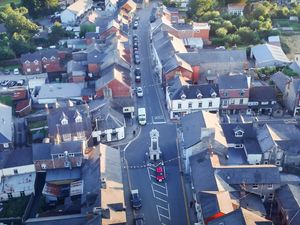Work begins on removing diseased ash trees in Ironbridge Gorge
Work to remove diseased ash trees in the Ironbridge Gorge starts this week.
Ash dieback is a fungus spread through spores that has been sweeping across the UK since it was first spotted in 2012 when an imported nursery tree from Asia brought the disease to these shores.
It is a killer and European ash have no natural defences to it.
In 2013, Telford and Wrekin recorded its first case.
It is expected that almost all of England’s ash trees will die from the disease and the impact in Telford and Wrekin will be significant.
In 2018, Telford & Wrekin Council commissioned a tree survey to log the location of trees in many areas of the borough, their type, height and spread, overall health and proximity to buildings.
A risk rating was applied to each tree, identifying trees in poor condition that require urgent maintenance or removal, including ash trees affected by ash dieback. Since then, a tree surveyor has been doing further assessments on the borough’s ash trees.
Road closures
Around 80 diseased and dying ash trees at Legges Way and Coalport Road need to be removed for safety reasons as branches could fall from dying trunks.
Road closures will be in place from now until November 19 in order for the tree work to be done safely.
During the closures, the council will also carry out structural surveys on Lee Dingle Bridge and drainage works.
Blists Hill will make use of the closures to fell dead and dying ash trees on its land.
Access will be maintained for residents and businesses and diversions will be in place to direct traffic.
Work will be done in three phases.
Timber from the felled trees will be removed and sold for green biomass energy.
The council will then see what natural regeneration comes in the gaps next year before looking to replant with other disease resistant natives.
More detailed information about these works and other improvements happening in the Gorge is available at telford.gov.uk/ironbridgeworks




